It is extremely difficult to see in a single trip volcanoes, glaciers, beaches, geysers, fumaroles, icebergs, lava deserts and if it was not enough, Aurora borealis.
Therefore, visit Iceland It is not just another trip, without a doubt it is one of the most impressive destinations in the world.
Located near the Arctic Circle, Iceland It is considered the land of ice and fire, Is the largest volcanic island in the world, un paradise for lovers of photography and geology.
It's funny, but everyone who travels to Iceland You return with the feeling of having been on another planet, a place where nature sets the pace of life.
Here we leave you the video of our recent trip to iceland with Polar Lands, where you can see the incredible variety of landscapes of this unique country.
All the information in detail
Europe's largest glaciers in Iceland
As its name implies, Iceland has large areas of ice, since some of the largest glaciers in Europe.
But it also has the peculiarity that it also has very important volcanic activity.
This small country became known to the world in 2010 precisely due to the explosion of one of its volcanoes with a difficult to pronounce name, Eyjafjallajokull, an eruption that blocked European airspace for several weeks.
From there began a tourist boom which has led it to receive more than 2 million tourists in 2018.
Keep in mind that the total population of iceland It has only 360.000 inhabitants, in an area similar to Portugal, of which 212.000 live in the capital, Reykjavik.
This means that most of the island has a very low population density; In fact, no one lives in the interior of the island; all Icelanders live near, or relatively close to, the coast.
Geology: how Iceland was formed
To understand well what it is Iceland today, and what it offers as tourist attractions, it is important to know how it was formed.
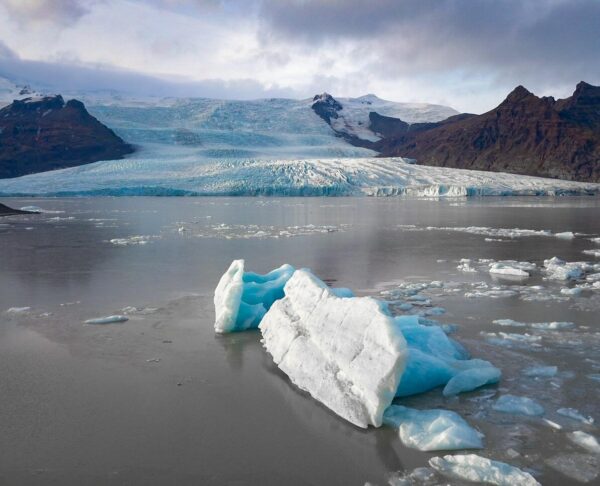
As a curiosity Iceland is the youngest land mass on the planet; When the dinosaurs disappeared, the island was beginning to form and it did not have the appearance it has today.
First of all, we must remember that the planet is in continuous movement, and from these movements has arisen Iceland, land mass that did not belong to the super-continent of Pangea, which fragmented and separated until forming the current continents.
Iceland It is located right where the tectonic plates of Eurasia and America.
From this collision of masses, a network of underwater mountains of 15.000 kilometers is formed, separated by a crack called mid-Atlantic ridge, which passes right through the center of Iceland.
In fact, the western half of the island geologically belongs to America and the eastern end to Europe, and it takes the same time to get to Iceland from Madrid as it does from New York.
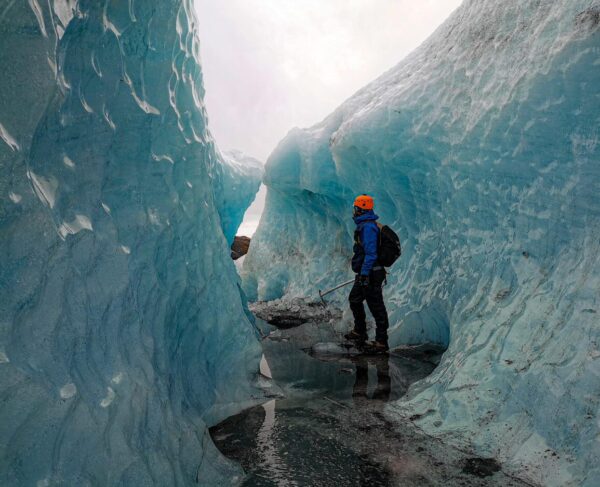
From this open wound that occurs from the separation of these two immense land masses, earthquakes and continuous volcanic eruptions arise, which are what have ended up forming Iceland.
Who were the first settlers of Iceland?
Due to the geological origin of Iceland, it is very easy to understand that it is a country that has not had prehistory like in Africa or Europe.
All the settlers of this island arrived later, and it was not so many years ago.
ORGANIZE your TRIP
- Don't forget your TRAVEL INSURANCE with a 5% discount
- Book the HOTEL for your trip
- RENT a CAR for your trip
- The best TOURS and EXCURSIONS in Spanish
- NO-LINE TICKETS for museums and monuments
- Best FREE TOURS around the world
- Book your TRANSFER from the airport
- eSIM card with INTERNET at the best price
The first colonizers they were some irish monks who reached these uninhabited lands around 600 AD. after being diverted by the sea from their original route towards the Faroe Islands.
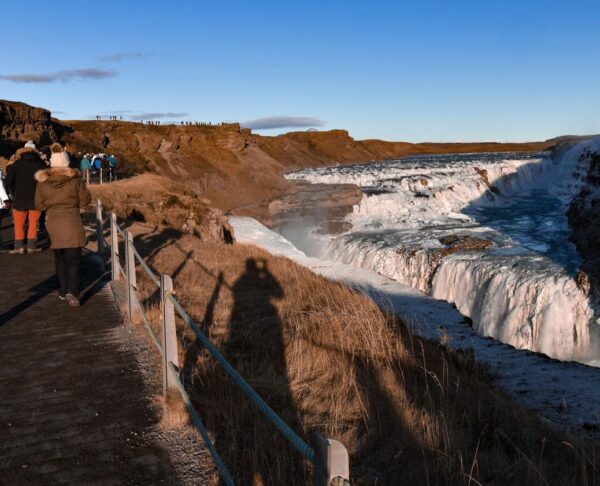
There are no physical remains of his presence, but it is known that this happened thanks to the famous Icelandic sagas which we will talk about later.
It was known of Iceland since Roman times, since there were stories of frozen lands about six days' sail from England, but their colonization did not come until much later.
Around the year 860 it is known that a Swede already explored it, but it was a few years later, in 865, when Hrafna-Flóki Vilgerðarson He reports the news to Norway that there was an interesting land to colonize.
The navigator and boat builder will sound familiar to many of you. Floki for the series Vikings.
This meant that a few years later, in 874, Ingolfur Arnarson, another Viking who, due to various problems, was eager to leave Norway, gathered ships, livestock, servants and embarked on colonization.
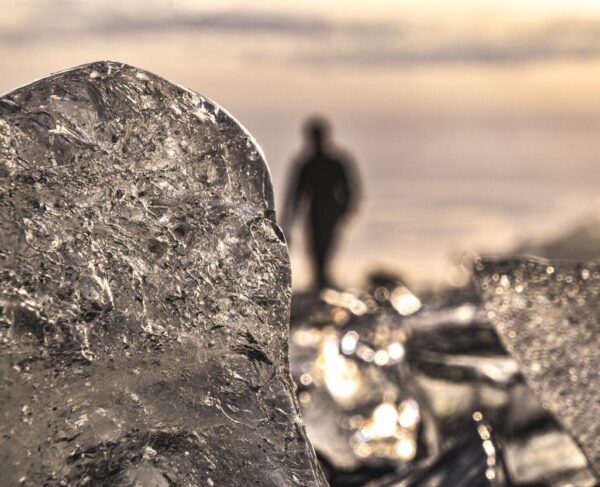
Elected Reykjavik to begin their new settlement, and it was not by chance, because they threw some logs into the sea, and wherever the current left them, that would be their starting point.
He did it this way with the idea that it could be easier to get there, just letting himself be carried away by the current.
Therefore he became the owner of the entire area, and it was very common that when colonizing you took possession of all the territory that you could reach in a day on horseback.
This caused him to take possession of all the lands since Reykjavik but also thingvellir, in the famous Golden Circle.
Around 930 they began to realize that they needed a more stable form of government, so they established a set of laws, while deciding to create the first democratic parliament modern.
In the year 1000, as a form of cohesion, it was decided to adopt the Christianity to avoid massacres among all the inhabitants of Iceland.
In the middle of the 13th century, Norway includes Iceland within its territory; It would later pass into the hands of the Danish crown, until its history changed in the 19th century.
By then it became an autonomous territory, as is Greenland at present, but in the Second World War, when the Nazis invade Denmark, the Icelanders decided in 1944 to declare their independence.
From that moment on, Iceland became a completely independent state.
The best place to see all this history is in thingvellir, in the Golden Circle, where is located what was the residence of the Prime Minister.
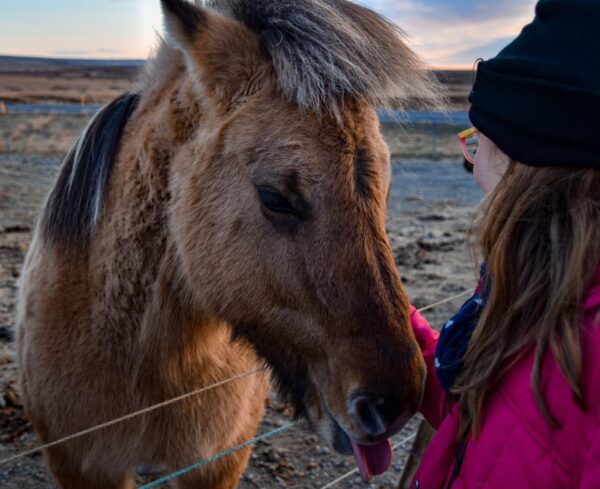
What are the Icelandic Sagas?
When we talk about history of iceland, it is important to understand that they are The Sagas.
The norse sagas, which is how they are commonly known, are different visions of the history of the norwegian vikings, from the point of view of the different social groups.
There are sagas of all kinds, and they are what shape the history that we know today of all these Arctic regions.
Don't forget your Travel Insurance
Are you organizing your trip or getaway? Don't leave without take out your travel insurance before, and here we explain why. If you hire it with us, you have a 5% discount
So they exist sagas of the first Christian bishops, sagas of the Kings, sagas of the Icelanders, sagas chivalric, of ancient times, of the gods, of the poets, of the outlaws and of the paladins.
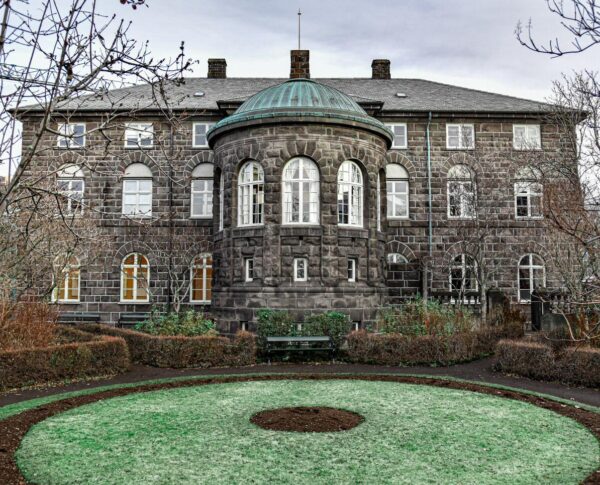
They are mainly set in Iceland, Norway y Greenland.
They are prose narratives mainly of anonymous origin, which were produced in the Middle Ages between the 12th and 15th centuries.
This comes from the time when stories and tales were told, which was a typical pastime on the long Icelandic nights; You just have to imagine the nights with a bonfire and telling stories.
Recent history of Iceland
Until a few years ago, Iceland It was a fairly isolated country that no one wanted to go to, especially because of the unpleasant climate that it has for much of the year.
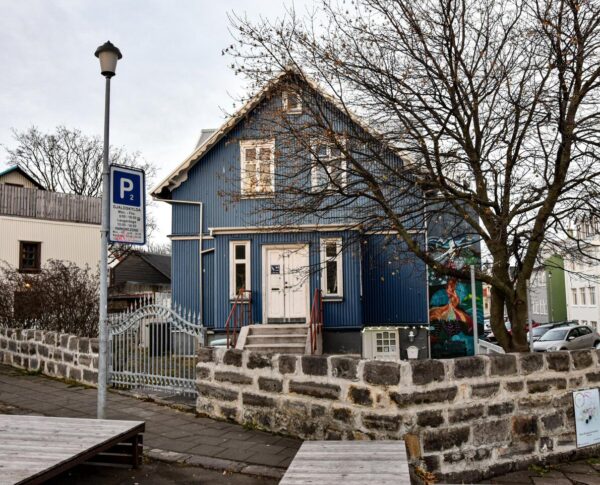
It was a country that no one paid attention to.
But it progressed silently, until in 2008 it reached the most developed countries in the world.
But their joy did not last long, and that same year the world crisis hit them very hard and the country went bankrupt.
The currency plummeted, unemployment rose, and 97% of the financial system collapsed, leading to the resignation of the president the country.
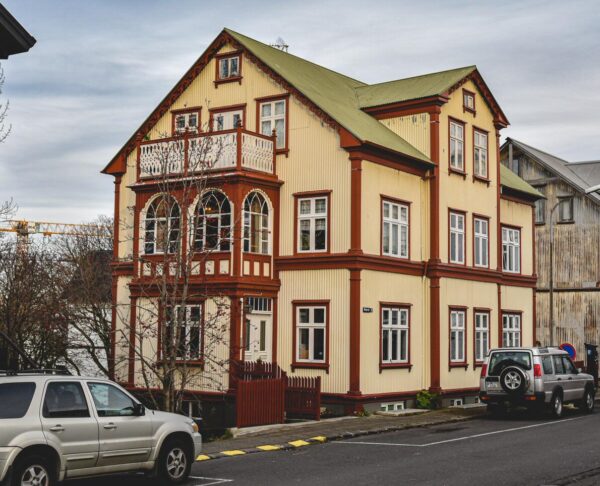
From this very complicated financial crisis a first decision arose that would begin to place Iceland on the world map, and that country took an unprecedented measure in the world: it let the banks fail.
From that moment on, the country experienced a rapid economic recovery helped by the fall of the currency and the aforementioned great eruption of the Eyjafjallajökull volcano, which changed the tourist destination of the country.
These two events gave Iceland a visibility that it had not enjoyed until then, since then it has become an outstanding tourist destination for lovers of landscapes and nature.


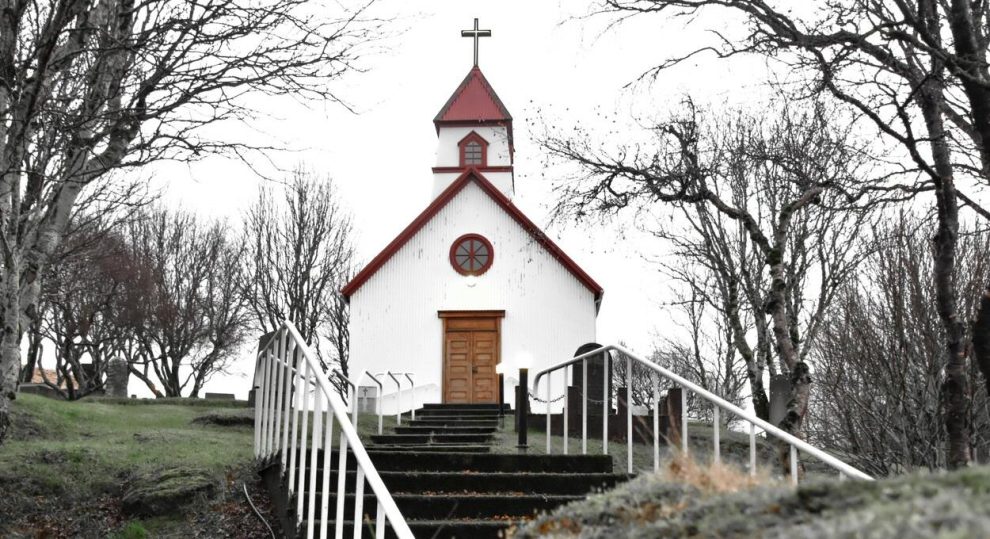








Comment